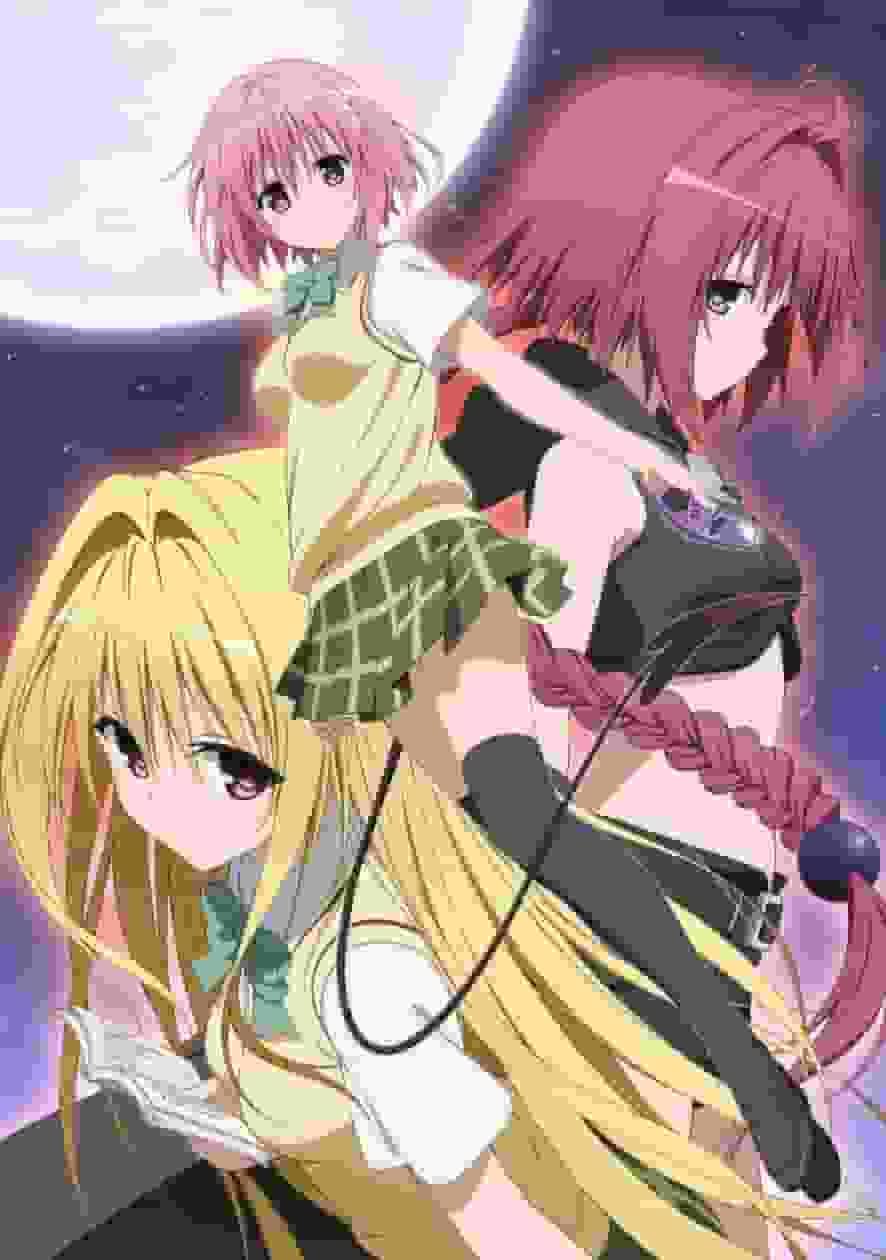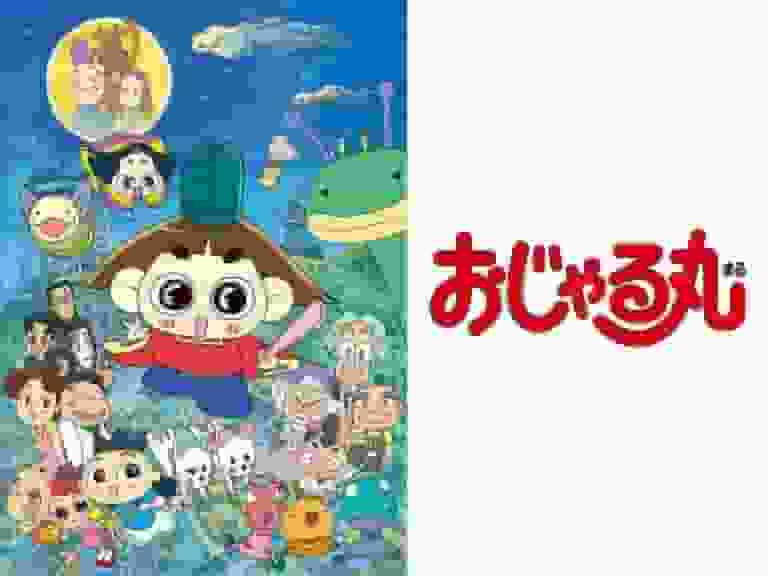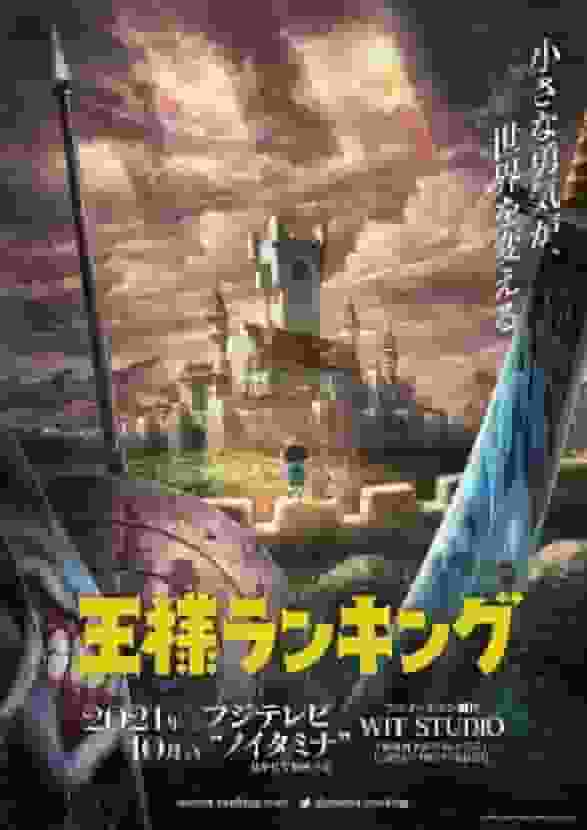The appeal and reviews of "To Love-Ru": A thorough explanation of the masterpiece of romantic comedy

The appeal and reviews of To Love-Ru"To Love-Ru" is a TV anime series that aired in 2008, and is based on a manga serialized in Shueisha's "Weekly Shonen Jump" magazine by Yabuki Kentaro and Hasemi Saki. This work has captivated many fans as a slightly erotic and slapstick love comedy that begins with the protagonist's fiancee being a space princess. Below, we will introduce the appeal and reviews of this work, as well as related information, in detail. Story and settingThe story of "To Love-Ru" begins with the extremely innocent high school student, Yuuki Rito, who has feelings for his classmate, Sairenji Haruna. However, Lala, the princess of the planet Deviluke, suddenly appears before Rito. Lala falls in love with Rito, and the two become engaged and live together. Lala's innocent personality causes a number of "troubles" that escalate, involving Rito, Haruna, and the people around them. The appeal of this work is that it combines a grand setting that is set in both everyday life and space with a slightly erotic slapstick romantic comedy. The love triangle between Rito's indecisiveness, Lala's innocence, and Haruna's purity never tires the viewer. In addition, the appearance of Lala's inventions and aliens keeps the story constantly developing in a fresh way. characterEach character in "To Love-Ru" is unique and charming. The main character, Yuuki Rito, is a high school student who is shy when it comes to romance and has a strong sense of justice. His sensitive side and the way he takes care of flowers are depicted, making viewers feel close to him. Lala Satalin Deviluke is the first princess of the planet Deviluke, which rules the galaxy, and is characterized by her bright and proactive personality. Her unconcerned attitude even when naked and her approach to Rito bring out the humorous elements of the work. Sairenji Haruna is a quiet, pure and beautiful girl who secretly harbors feelings for Rito. Her feelings as she is caught up in a delicate love triangle with Lala's arrival resonate with viewers. In addition, many other unique characters, such as Lala's all-purpose costume robot Peke and Zastin, the captain of the Deviluke Royal Guard, make an appearance and add excitement to the story. Production and staffTo Love-Ru is produced by XEBEC and directed by Kato Takao. Series composition is by Yamatoya Akira, character design and general animation director is Oka Yuichi, and music is by Watanabe Tsuyoshi. Sound director is Mima Masafumi, and producers are Daisuki Makoto, Goto Masanori, Nakayama Nobuhiro, Tanaka Go, Yonemasu Hiroyuki, and Chino Takatoshi. Watanabe Naoki is executive producer, and production cooperation is provided by Shueisha, Avex Entertainment, Geneon Entertainment, and XEBEC. It is produced by the To Love-Ru Production Committee and TBS. The production of "To Love-Ru," which was made by this team of staff, has brought out the best in the original work while entertaining viewers with the unique expressions of anime. In particular, the quality of the character designs and drawings has been highly praised, with Lala's inventions and the alien designs being beautifully drawn. Broadcast informationTo Love-Ru was broadcast on TBS from April 4 to September 26, 2008. It was broadcast in a 30-minute slot every Friday from 1:55 to 2:25, with a total of 26 episodes. It was also broadcast on Mainichi Broadcasting System from April 20 to September 28, 2008, every Sunday from 2:55 to 3:25. It was broadcast on Chubu Nippon Broadcasting System from April 24 to October 16, 2008, every Thursday from 2:50 to 3:20. It was broadcast on BS-i from April 25 to October 17, 2008, every Friday from 1:00 to 1:30. It was broadcast on AT-X from April 6 to September 28, 2009, every Monday from 11:00 to 11:30. Through these broadcasting stations, "To Love-Ru" was loved by many viewers and became a hot topic. In particular, the broadcast on TBS recorded high viewer ratings despite being a late-night slot, proving the popularity of the work. Theme songs and musicThe opening theme of "To Love-Ru" is "Forever We Can Make It!", with lyrics by thyme, music and arrangement by Shimizu Teppei, and vocals by THYME. This bright and pop song symbolizes the relationship between Rito and Lala, and captured the hearts of viewers. The ending themes are "Lucky Tune" and "Where Does the Kiss Go?". The lyrics for "Lucky Tune" were written by Ito Masae, music and arrangement by Sasakura Yugo, and vocals by ANNA (from Bon-Bon Blanco). The lyrics for "Kiss No Yukue" were written by Sakamoto Rei, music and arrangement by Nakano Yuta, and vocals by ANNA (from Bon-Bon Blanco). These ending themes were loved by viewers as they enhanced the bittersweet atmosphere of the story. Subtitles and episodesThe subtitles for each episode of "To Love-Ru" are often symbolic of the story's development, and have attracted the interest of viewers. Below are the subtitles for each episode.
These episodes center on the relationship between Rito and Lala, and depict various aspects of "To Love-Ru" while depicting their interactions with Haruna and other characters. In particular, episodes set during school events such as the sports festival and cultural festival provided viewers with laughter and emotion. In addition, the appearance of aliens and the trouble caused by Lala's inventions breathed fresh air into the story. Related TitlesMany related works have been produced for "To Love-Ru", including OVAs and sequels. Below are some of the related works.
These related works further expand on the story of the original, depicting character growth and new developments. In particular, the "To Love-Ru Darkness" series incorporates more serious elements while retaining the humorous atmosphere of the original. These works are also loved by many fans and have supported the popularity of the entire series. Ratings and Recommendations"To Love-Ru" has been highly praised as a romantic comedy. In particular, the relationship between Rito and Lala, and the love triangle with Haruna, have resonated with viewers. In addition, the slapstick plot involving aliens and inventions has kept viewers entertained and provided laughs. The quality of the character designs and drawings is also high, and the visual appeal is also a major point of praise. This work is recommended for those who like romantic comedies and slightly erotic scenes. It is also a work that can be enjoyed by those who like grand settings set in space and unique characters. In particular, those who can sympathize with Rito's indecisiveness and Lala's innocence will enjoy this work. "To Love-Ru" was loved by many viewers and enjoyed high popularity throughout the entire series. This work, which maximized the charm of the original work while entertaining viewers with the unique expressions of anime, will continue to be talked about as a masterpiece of romantic comedy. |
<<: The appeal and evaluation of "Tower of Druaga: The Aegis of URUK": Reevaluating the good old RPG
>>: The appeal and reviews of "KURENAI": A vivid story and deep characters
Recommend
"Godzilla vs. Kong" grossed over 445 million yuan in China in just three days
According to Maoyan Box Office Professional Editi...
The lead actor of "Tenet" talks about his favorite game: Pascal's first love is Alice
Nolan's brain-burning sci-fi action film &quo...
Little Bear's Bouquet: A moving story and beautiful visuals
Little Bear's Bouquet - Little Bear's Bou...
The American Theater Association is unhappy with the simultaneous release of "Black Widow" and Disney+
On July 9, the independent movie "Black Wido...
The first volume of the TV animation "New Sakura Wars" Blu-ray disc will be released on May 20
The spin-off TV animation of Sega's classic g...
TV animation "Godzilla: Singularity Point" new characters revealed, to be aired in April 2021
The new Godzilla TV animation "Godzilla: Sin...
The Great Adventure of the Twin Wolves: A Thorough Analysis of the Charm and Emotion of Everyone's Songs
"The Great Adventure of the Twin Wolves"...
"Re: Life in a Different World from Zero" Season 3 PV2 announced, to be aired on October 2
The third season of the animation "Re: Life ...
Thor: Ragnarok's Star Wars movie is still in the early stages of creation
Taika Waititi, the director of Thor 3 and Thor 4,...
Saint Seiya ND: Pluto Mythology resumes series and enters final series
Today, May 16th, the official sequel to the super...
"Mewtwo Strikes Back Evolution" is about to be released. Promotional art: Armored Mewtwo fights Rock Snake
The latest Pokémon theatrical movie animation fro...
Mission: Impossible 7 new Chinese trailer and new poster
A new trailer for Mission: Impossible 7: Reckonin...
NEXON mobile game "Blue Files" announced that the game will launch TV animation
The official mobile game "Blue Archive"...
Oyoneko Boonyan - A thorough review of the charming cat characters and the depth of the story
Oyoneko Boonyan - Looking back on nostalgic comed...
The autographed illustration of the animator who was killed in the Kyoto Animation incident was sold for 1 million yen
Today, October 20, Yahoo Auctions announced that ...









